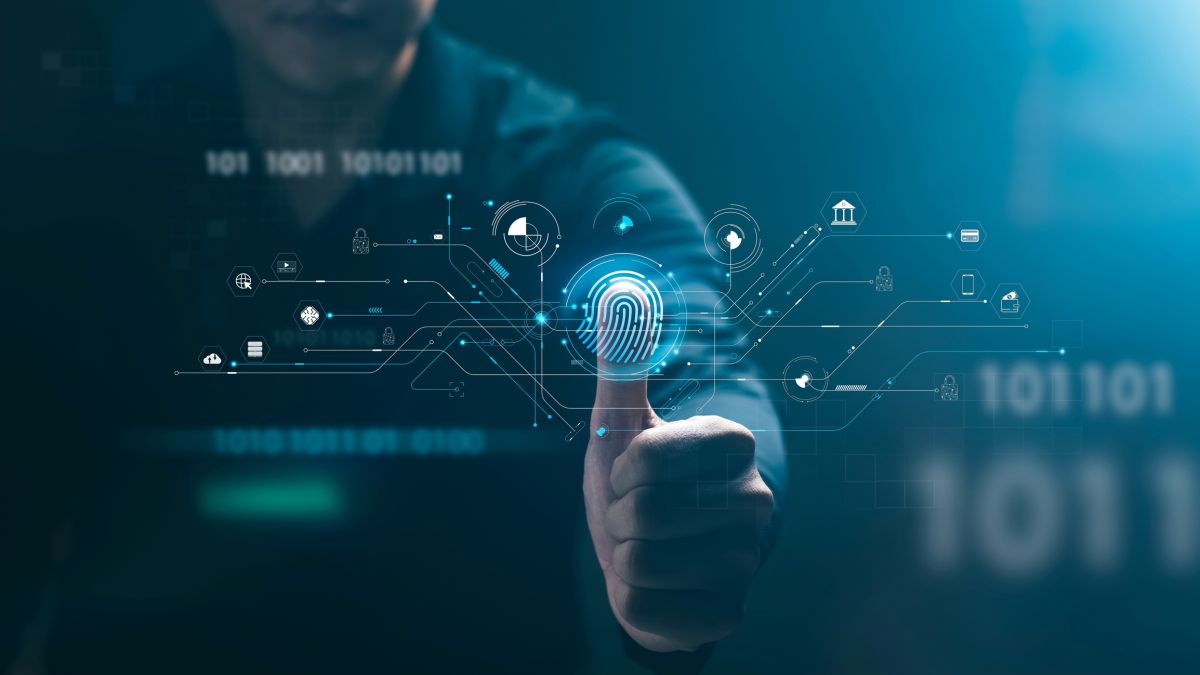Europe backs down and will prohibit workers from signing in with their fingerprint

In the world of work, managing workers’ attendance, as well as their work schedules, has taken on new forms thanks to technology. Although it is not the norm, Some companies have adopted biometric control systemswhich use unique physical characteristics, such as fingerprints or facial features.
Simply put, biometrics is the statistical and mathematical measurement of unique physical or biological characteristics for identification purposes. An example is facial recognition. Using cameras and advanced algorithms, a person’s facial features, such as the position of the eyes, nose, and facial structure, can be analyzed to verify their identity.
Despite the ease and convenience of identification, the truth is that since 2007, when the Supreme Court considered that it was not an excessive measure, it has generated many doubts.
That’s why now, The Spanish Data Protection Agency (AEPD) has changed its position on the use of these systemsreflected in its recent Guide to Presence Control Treatments using biometric systems.
The future of biometric data at work at stake
The AEPD has now established a more rigorous framework, emphasizing the need for impact assessments before implementing biometric systems and ensuring that the use of biometric technology is aligned with the General Data Protection Regulation (GDPR) regulations.
The truth is This is worrying due to the existence of cases that make your hair stand on end.. In 2019, cybercriminals accessed a biometric database, exposing 28 million records, including the fingerprints of more than a million people. Other exposed information included fingerprint data, user facial photos, and usernames and passwords.
On the other hand, in 2021, hackers exposed a company’s biometric data, credit card information, driver’s license numbers, health insurance information, and other customer data.
Given the uncertainty about the future of biometric data in the workplace, Carlos Mochón, CTO of the SPEC Group, clarifies for 20 minutes that the regulations do not imply a definitive end, but rather a more rigorous framework. A solid justification will be required for its application, prioritizing the privacy and security of employee data.
While biometrics provide a higher level of security compared to traditional authentication methods, it is not completely foolproof and presents new problems to solve in terms of accuracy and data protection.



